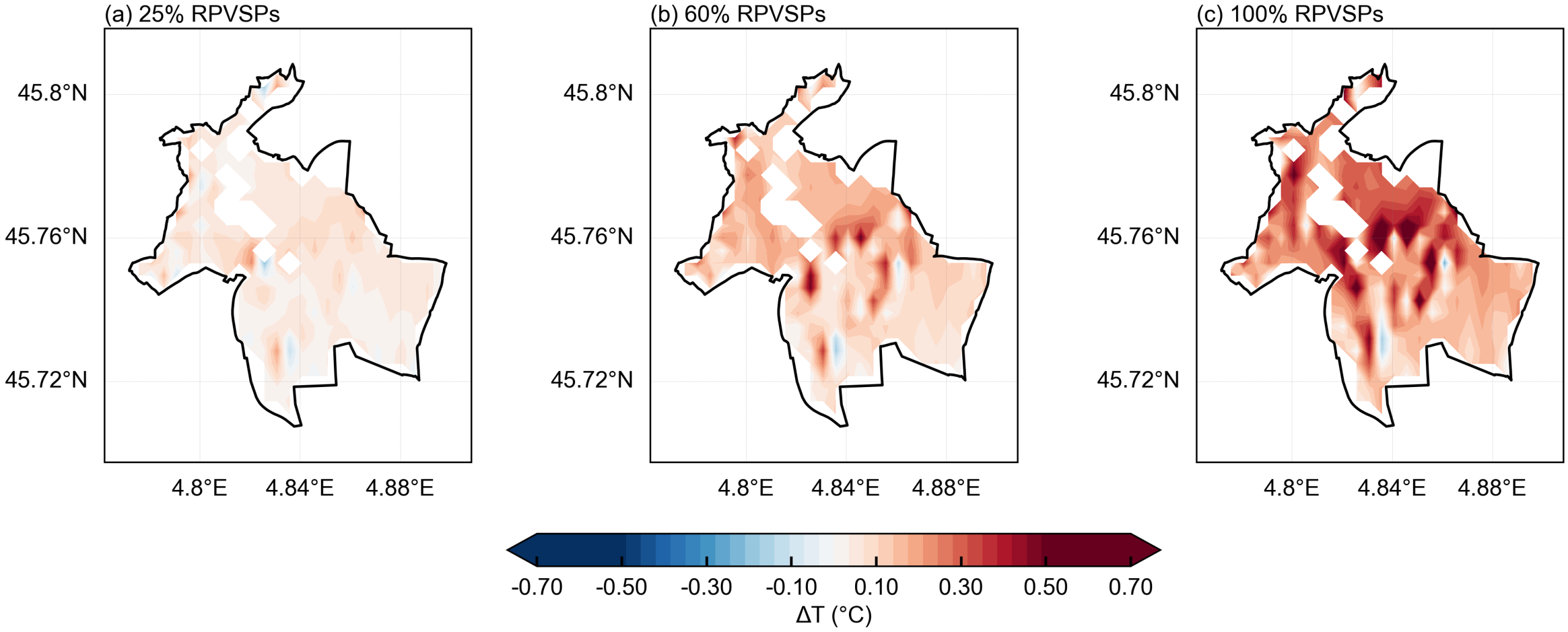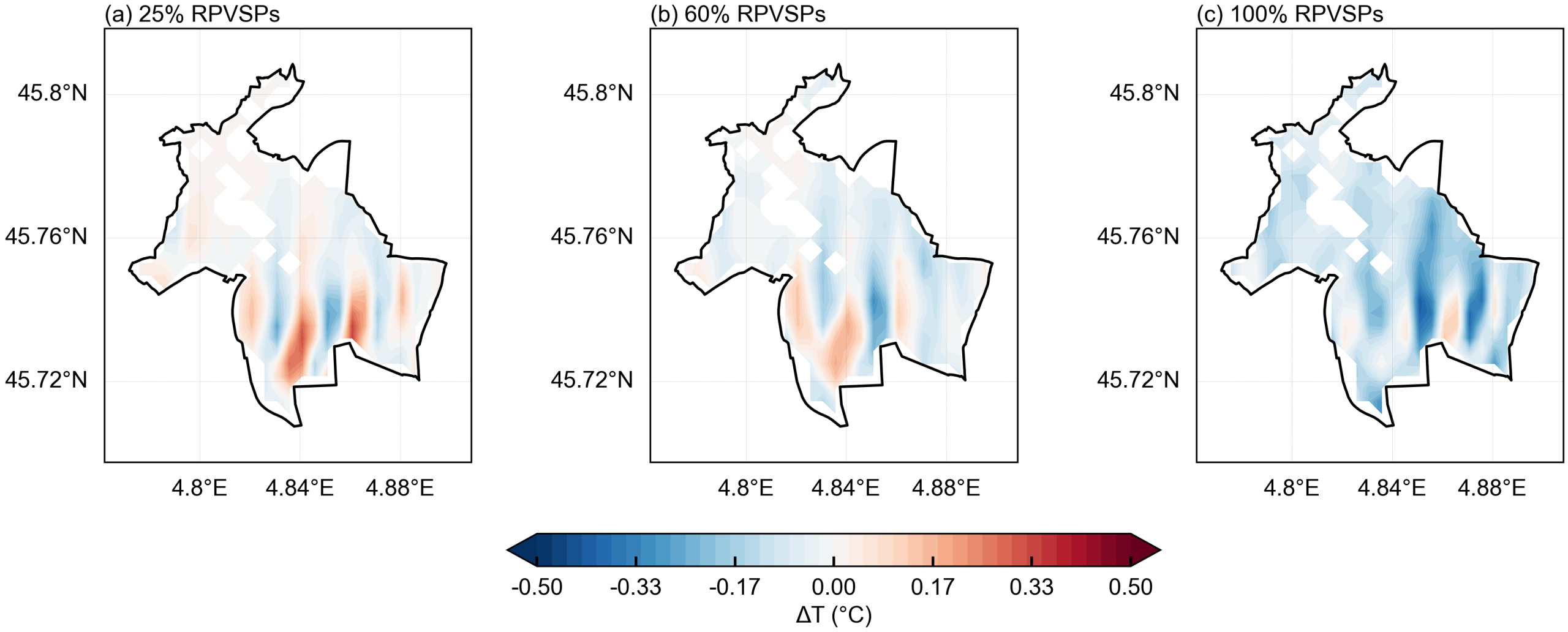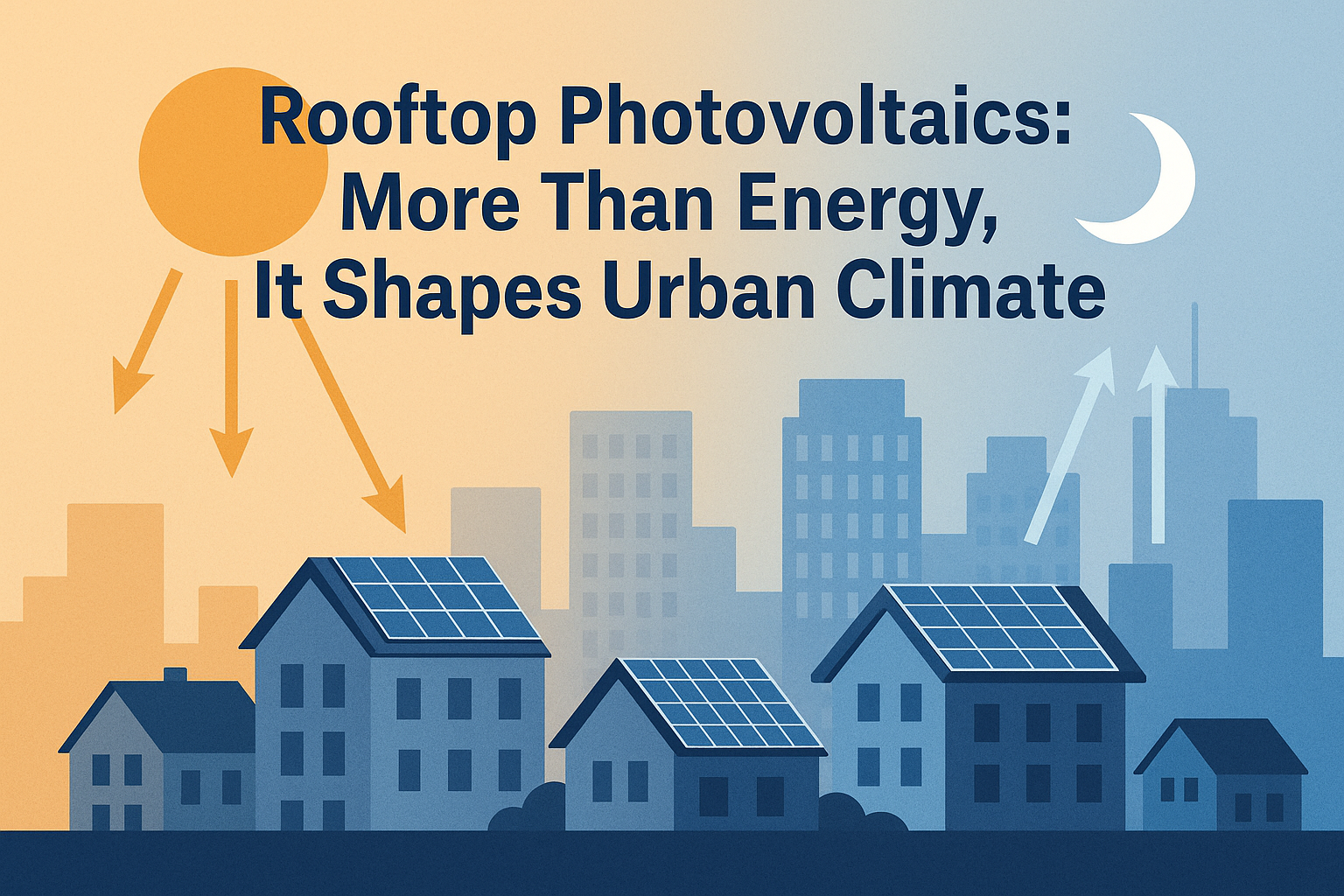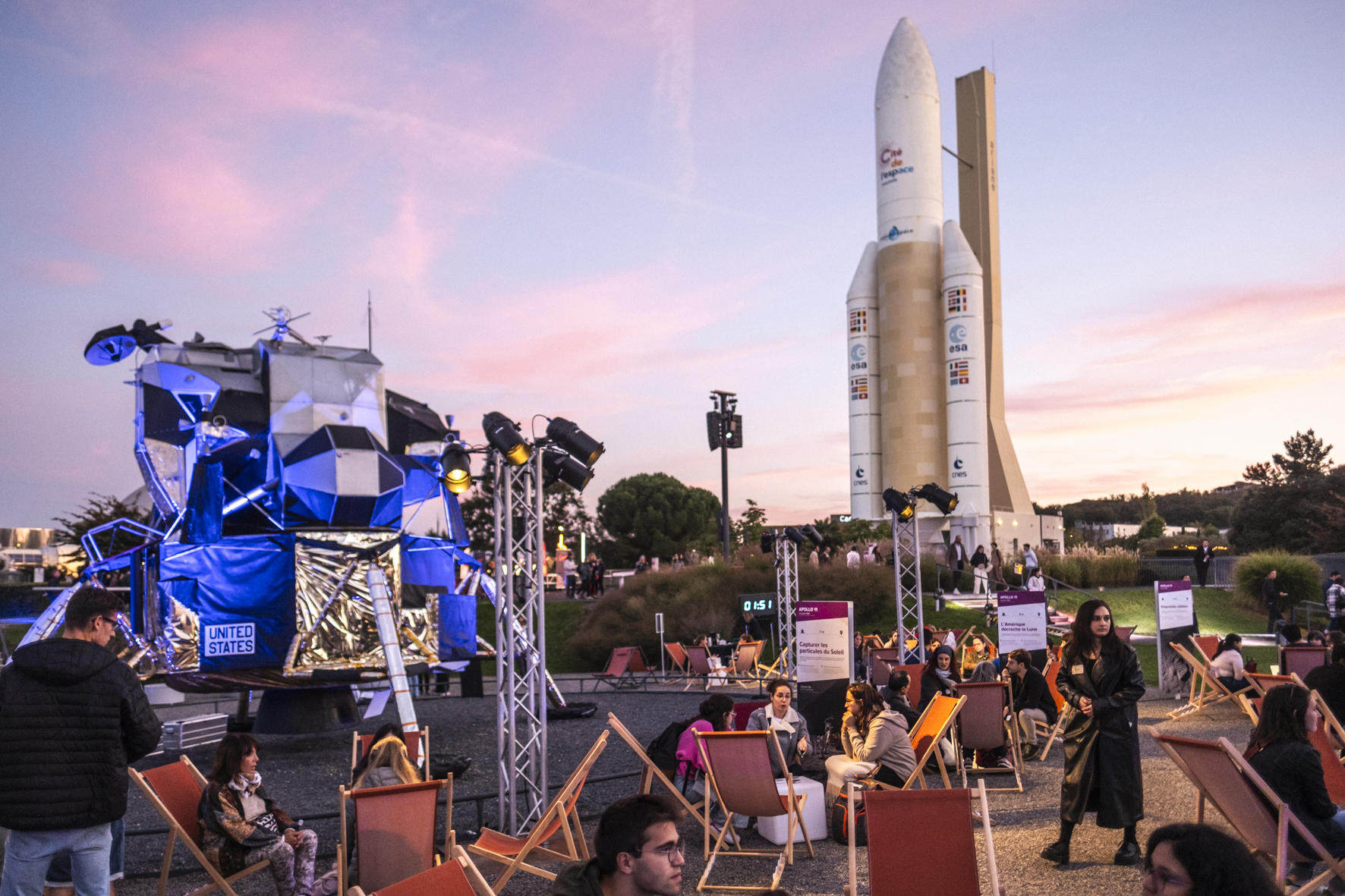Rooftop Photovoltaic Solar Panels: More Than Energy, They Shape Urban Climate
Cities are leading the clean energy transition, and rooftop photovoltaic solar panels (RPVSPs) are at the centre of this change. Across Europe, rooftops are being transformed into renewable power plants that deliver clean energy right where it is needed most.
RPVSPs, however, do more than generate electricity. Our latest research shows they also reshape the climate of our cities influencing temperatures, cooling demand and energy resilience.
RPVSPs and City-Scale Climate Impacts
We conducted the first city-scale study of RPVSPs and urban climate in Lyon, France. Using high-resolution Weather Research and Forecasting (WRF) urban climate simulations, we analysed how different levels of rooftop solar deployment change local air temperatures, rooftop heat fluxes and air-conditioning demand.
The results are striking: RPVSPs are not just energy technologies, they are climate actors.
- Daytime warming: Because RPVSPs absorb more sunlight than conventional rooftops, near-surface air temperatures in Lyon increased by up to +0.72 °C during the day. This was driven by lower albedo and stronger convection due to RPVSPs.
- Nighttime cooling: After sunset, the trend reversed. RPVSPs enhanced radiative heat loss and reduced rooftop heat storage, cooling the city by up to −0.42 °C.
Figures below from the study illustrate this dual effect:


Energy Efficiency and Resilience Benefits
The impact of RPVSPs in Lyon extends beyond temperature. By shading rooftops, panels reduce heat entering buildings, lowering air-conditioning demand and improving urban energy resilience.
Key findings from Lyon include:
- Daytime AC demand fell by nearly 5%.
- At 25% rooftop coverage, RPVSPs offset 26.8% of cooling demand.
- With battery storage, offsets rose to 50.1% at 60% coverage and reached 85.9% at full deployment.
This means that in Lyon, RPVSPs are not only generating electricity to power cooling systems, they are also reducing the need for cooling itself.
Why this Matters for Policy and Planning
The findings from Lyon highlight an important message: RPVSPs are part of the urban climate system, not just the energy system, and the following factors are particularly noteworthy:
- Thermal trade-offs: RPVSPs are linked to slight daytime warming but nighttime cooling.
- Energy resilience: RPVSPs reduce both cooling demand and grid stress.
- Integrated planning: Deployment of RPVSPs must consider both energy generation and climate impacts.
For policymakers and planners, Lyon’s example shows that rooftop solar expansion strategies should go beyond energy metrics to include urban climate and resilience benefits.
The complete article is freely available in Solar Energy: Rooftop photovoltaics reshape city climates and air-conditioning demand in Lyon, France.
Find out more about my research project here.
Categories
Latest posts

Stepping Beyond Comfort: My First 10 Months as a AUFRANDE Doctoral Researcher in France

Rooftop Photovoltaic Solar Panels: More Than Energy, They Shape Urban Climate

My Experience at La Nuit des Chercheur(e)s in Toulouse
